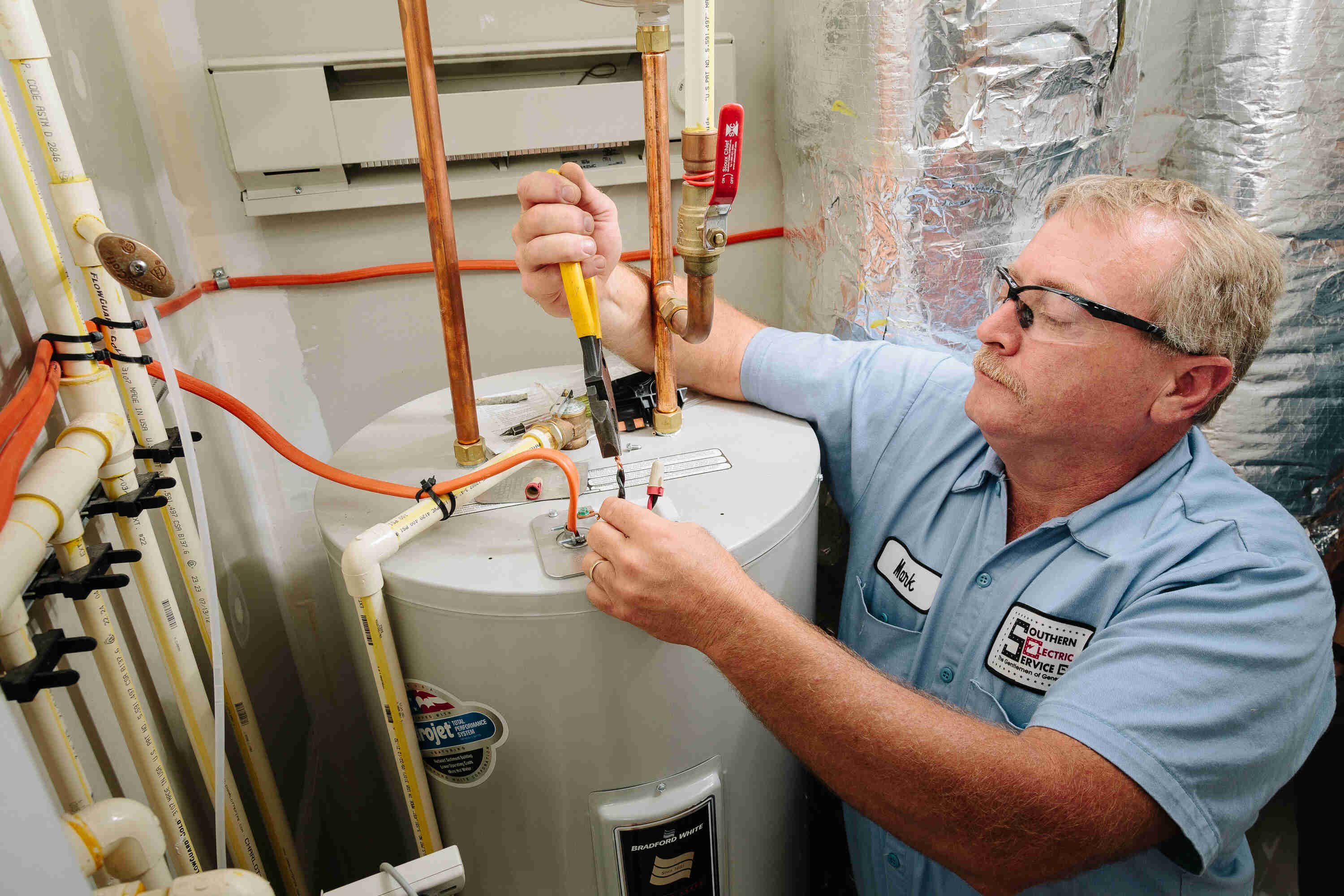Ensuring Longevity of Your Home's Hot Water System: Care Tips
Ensuring Longevity of Your Home's Hot Water System: Care Tips
Blog Article
Just how do you really feel when it comes to Water Heater Maintenance Tips You Can't Afford to Forget?

Warm water is vital for daily comfort, whether it's for a refreshing shower or washing meals. To ensure your warm water system runs efficiently and lasts longer, routine upkeep is essential. This write-up offers sensible tips and insights on just how to maintain your home's hot water system to stay clear of interruptions and pricey repairs.
Intro
Maintaining your home's warm water system might seem overwhelming, yet with a few easy steps, you can guarantee it operates efficiently for several years to come. This overview covers every little thing from comprehending your warm water system to do it yourself maintenance ideas and knowing when to contact specialist help.
Significance of Keeping Your Warm Water System
Normal maintenance not only expands the life-span of your hot water system however additionally guarantees it operates effectively. Ignoring upkeep can bring about lowered performance, greater power costs, and also early failing of the system.
Indicators Your Warm Water System Demands Upkeep
Recognizing when your warm water system requires interest can stop significant problems. Watch out for indications such as inconsistent water temperature, unusual noises from the heater, or rusty water.
Understanding Your Hot Water System
Prior to diving into upkeep jobs, it's practical to recognize the standard components of your hot water system. Generally, this includes the water heater itself, pipelines, anode rods, and temperature controls.
Regular Monthly Maintenance Tasks
Routine regular monthly checks can assist capture minor problems prior to they intensify.
Purging the Hot Water Heater
Flushing your water heater eliminates sediment accumulation, improving efficiency and prolonging its life.
Monitoring and Changing Anode Rods
Anode poles protect against deterioration inside the container. Examining and changing them when broken is vital.
Checking and Changing Temperature Level Settings
Adjusting the temperature settings makes certain optimum efficiency and security.
DIY Tips for Maintenance
You can perform several upkeep jobs on your own to keep your hot water system in top problem.
Looking for Leaks
Frequently examine pipes and links for leakages, as these can cause water damage and greater expenses.
Testing Pressure Alleviation Valves
Checking the pressure safety valve ensures it operates correctly and protects against extreme stress accumulation.
Insulating Pipelines
Insulating warm water pipelines minimizes heat loss and can conserve power.
When to Call an Expert
While DIY upkeep is useful, some issues call for expert knowledge.
Facility Problems Requiring Specialist Help
Instances consist of major leakages, electrical troubles, or if your water heater is continually underperforming.
Regular Professional Upkeep Advantages
Specialist upkeep can consist of thorough examinations, tune-ups, and guaranteeing conformity with security standards.
Conclusion
Normal maintenance of your home's warm water system is vital for efficiency, durability, and price savings. By adhering to these suggestions and recognizing when to seek specialist help, you can make certain a reputable supply of warm water without unexpected disturbances.
How to Maintain an Instant Hot Water Heater
Before tinkering with your hot water heater, make sure that it’s not powered on. You also have to turn off the main circuit breaker and shut off the main gas line to prevent accidents. Also turn off the water valves connected to your unit to prevent water from flowing into and out of the appliance. 2. When you’re done, you have to detach the purge valves’ caps. These look like the letter “T†and are situated on either side of the water valves. Doing so will release any pressure that has accumulated inside the valves while at the same time avoid hot water from shooting out and burning your skin. 3. When the purge valves’ caps are removed, you have to connect your hosing lines to the valves. Your unit should have come with three hoses but if it didn’t, you can purchase these things from any hardware or home repair shops. You can also get them from retail stores that sell water heating systems. Read the user’s manual and follow it to complete this task properly. When the hosing lines are connected, open the purge port’s valves. 4. You should never use harsh chemical cleaners or solutions when cleaning your unit. Make use of white vinegar instead. It should be undiluted and you’ll probably use about 2 gallons. 5. Now flush your water heater. This task should probably take about 40 minutes. We can’t give you specific directions for this because the procedure is carried out depending on the type, model and brand of your heater. With that being said, refer to the user’s manual. 6. When you’re done draining the unit, you have to turn off the purge port valves again. Remove the hosing lines that you earlier installed on each of the water valves. Put the valve caps (purge port) back in their respective places and be very careful so as not to damage the rubber discs that are found inside these caps. 7. Now that everything’s back in place, check your user’s manual again to find out how to reactivate your water heating system. 8. Once it is working, turn one of your hot water faucets on just to let air pass through the heater’s water supply pipes. Leave the tap on until water flows smoothly out of it. https://www.orrplumbing.com/blog/2014/september/how-to-maintain-an-instant-hot-water-heater/

Hopefully you enjoyed reading our excerpt on How to Maintain a Hot Water Heater in a Few Simple Steps. Thanks so much for taking a few minutes to browse our blog post. Don't hesitate to take the time to promote this blog post if you appreciated it. Many thanks for being here. Please stop by our website back soon.
Visit Report this page